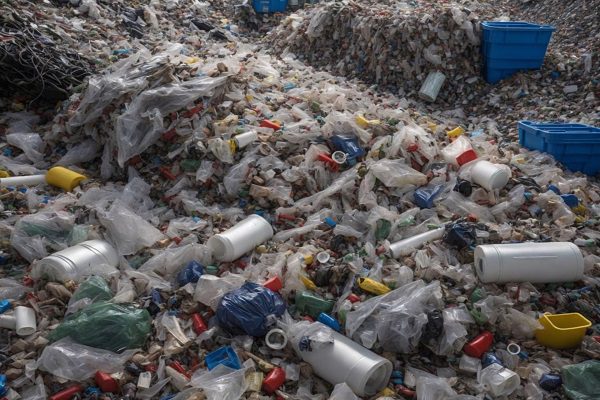The rapid pace of technological advancement in recent decades has brought us numerous high-tech gadgets that have become an integral part of our daily lives. From smartphones to laptops, these devices have made our lives more convenient and connected. However, with the constant upgrades and replacements, electronic waste, or e-waste, has become a significant environmental concern. E-waste is not just an eyesore; it poses severe threats to the environment and human health due to the presence of harmful pollutants. In response to this growing problem, innovative recycling techniques have emerged, aiming to break down high-tech gadgets and eliminate these pollutants in an eco-friendly manner.
Introduction
Understanding the E-Waste Challenge:
Before delving into the innovative recycling techniques, it is crucial to grasp the magnitude of the e-waste challenge. E-waste comprises discarded electronic devices, including computers, mobile phones, and televisions, containing hazardous materials such as lead, mercury, and cadmium. Improper disposal of these gadgets can lead to soil and water pollution, endangering both the environment and human populations. To combat this issue, researchers and environmentalists have been working tirelessly to find sustainable solutions.
Innovative Recycling Techniques:
One of the groundbreaking approaches to tackling e-waste is the implementation of innovative recycling techniques that break down high-tech gadgets efficiently. One such technique is mechanical recycling, where electronic devices are disassembled, and their components are sorted and processed. This method not only salvages valuable materials like gold, silver, and copper but also ensures that hazardous substances are properly disposed of or neutralized.
Chemical recycling is another innovative method gaining traction in the electronic waste recycling industry. This technique involves using chemical processes to extract valuable metals from electronic devices, leaving behind non-toxic residues. By breaking down the gadgets at a molecular level, chemical recycling minimizes environmental impact and reduces the need for extensive mining, thus conserving natural resources.
The Role of Circular Economy:
In the quest for sustainable solutions, the concept of the circular economy has gained prominence. Unlike the traditional linear economy, where products are made, used, and discarded, the circular economy emphasizes the continual use of resources. In the context of e-waste, this means designing gadgets with recyclability in mind. Manufacturers are exploring ways to create modular devices that can be easily disassembled, repaired, and upgraded. This shift in product design promotes longevity and reduces the generation of e-waste.
Environmental Benefits of Innovative Recycling Techniques:
Implementing innovative recycling techniques offers several environmental benefits. Firstly, it reduces the pressure on natural resources by recycling valuable metals from existing electronic devices. This diminishes the need for extensive mining, which often leads to deforestation and habitat destruction. Secondly, these techniques prevent the release of harmful pollutants into the environment, safeguarding ecosystems and wildlife. By curbing soil and water pollution, these methods contribute to the overall health of the planet.
The Role of Government and Industry:
Governments and industries play a pivotal role in promoting innovative recycling techniques. Legislation and regulations can incentivize companies to adopt eco-friendly practices. Financial incentives, tax breaks, and subsidies can encourage businesses to invest in research and development of advanced recycling technologies. Moreover, public awareness campaigns can educate consumers about responsible e-waste disposal, encouraging them to recycle their electronic devices through authorized channels.
Conclusion:
Innovative recycling techniques are the need of the hour to address the growing menace of e-waste. By breaking down high-tech gadgets efficiently and eliminating harmful pollutants, these methods pave the way for a sustainable future. The collaboration between governments, industries, and consumers is vital to ensuring the widespread adoption of these techniques. As we continue to embrace technological advancements, it is imperative to do so responsibly, keeping in mind the well-being of our planet and future generations. By supporting and investing in innovative recycling methods, we can mitigate the environmental impact of electronic waste and move towards a greener, healthier world.



































